Types of Split Ends and How to Prevent Them: A Complete Guide to Healthy Hair
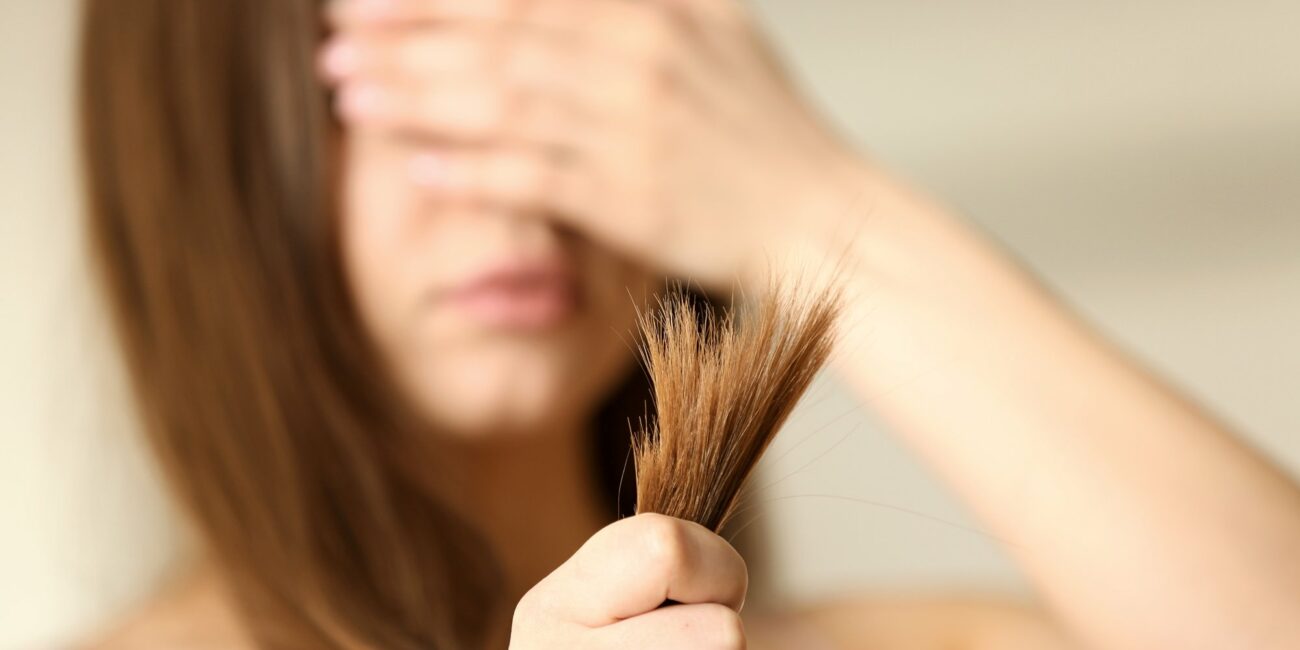
People can spend hours styling their hair with heated tools. It’s the easiest way of obtaining big bouncy curls or a glamorous blow dry. Walking out of your house with freshly styled hair may feel great, but those soft locks won’t stay healthy forever.
Brushing, washing, coloring, blow-drying, straightening, or curling could be reasons why your hair starts to dry out. It’s impossible to avoid the accumulated damage of this routine.
The countless hours of using heated hair products usually shows up on our split ends. If you want to learn more about the types of split ends and how to prevent them, just keep reading.
What Are Split Ends?
Hair naturally grows from the root, so the tips are the oldest part of your hair. Depending on the length of your hair and how long you’ve been growing it, the ends can be several years old. Over time, they become weak and eventually break due to damage.
The ends are the most exposed and vulnerable part of your hair. Daily wear and tear, either from heat or a poor diet, will degrade and wear down the hair cuticle. This exposes the inner cortex, resulting in split or frayed ends.
What Are The Main Causes of Split Ends?
While split ends develop quickly due to extreme damage, they can also develop slowly from small damaging factors. You may not realize how much you’re ruining your hair when styling or using certain cosmetic products.
Here are some of the most common processes that damage the end of your hair cuticles:
#1 Physical damage
Physical damage all comes down to styling, brushing, detangling, handling, overwashing, and touching your hair constantly. These are common things that people do when getting ready for the day.
Color and chemical treatments also drain natural oils from the scalp and cause your hair shaft to weaken. Even though you might feel refreshed after leaving the salon, it won’t benefit the growth of new hair over time.
#2 Heat
There are many heat styling tools that damage hair strains to their breaking point. You could even experience hair loss if you’re always using heated products like curling irons or straighteners.
A study found that repeated cycles of drying and styling causes cracks within your hair strands. High temperatures promote hair splits because your scalp lacks natural moisture. Using heat protectant spray could help, but it’s worth minimizing your need for these styling tools.
#3 Friction
Some fabrics and materials are more damaging to your hair cuticles than others. These could be hats, scarves, and sweaters since they accelerate the development of split ends. Cotton pillowcases and towels also cause friction because you’re constantly rubbing the hair.
Hair accessories like rubber bands may create that feather split you see at the ends. Removing these bands from your delicate locks can be painful and even promote frizzy hair due to the number of knots.
#4 Environment
Certain weather conditions can cause hair damage. For example, wind, cold, heat, sun, dry climate, and humid climate may suck natural oils from your scalp. Strong winds also make your hair fly everywhere, which entangles the strands and encourages you to brush it too much.
#5 Internal factors
A weak immune system leads to weaker hair strands. Being dehydrated and malnourished makes you more susceptible to split ends. Therefore, it’s important to look after your body if you want better hair growth.
Remember – once you get a split end, the damage only gets worse. If a split end is left untreated, it will continue to break the entire hair shaft and damage the whole strand beyond repair.
Split ends represent the urgent need for a trim and special care.
The 5 Different Types of Split Ends: A Guide to the Various Types and How to Treat Them
There are different types of split ends, and the kind you see in your hair is like a road map. You can determine what damage has been done and how to reverse it.
Let’s take a look at the types of split ends and what they tell you.
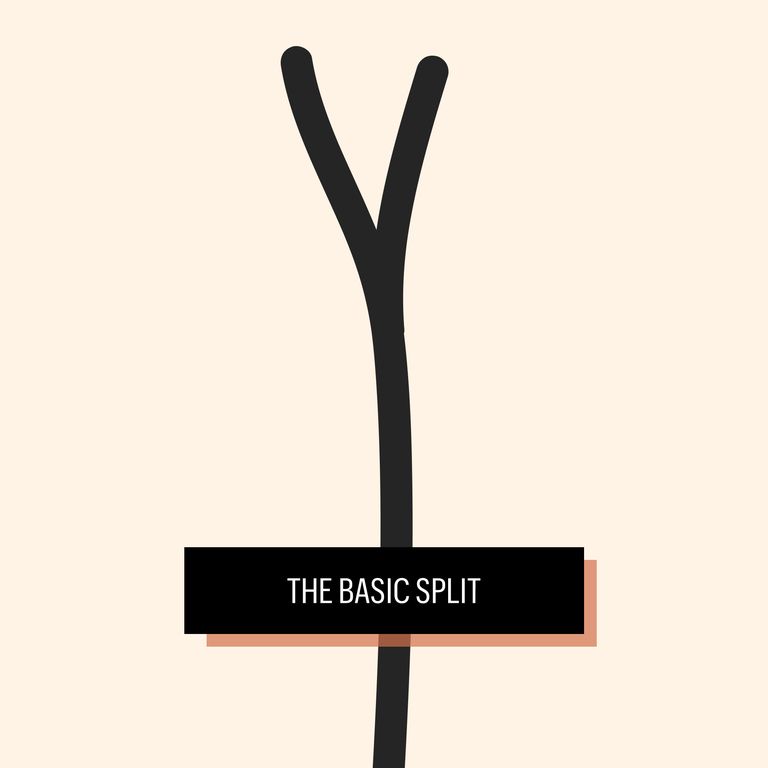
Advertisement
The basic split
This is a traditional split and an example of the early development of split ends. It looks like a Y because the hair strand cannot recover from the dryness. A basic split is usually caused by friction, insufficient hair care, or hot styling tools.
What you should do: If you notice this type of split end, use a deep conditioning treatment that seals and heals the ends of your hair. Just make sure you’re using a product that contains natural and soothing ingredients.
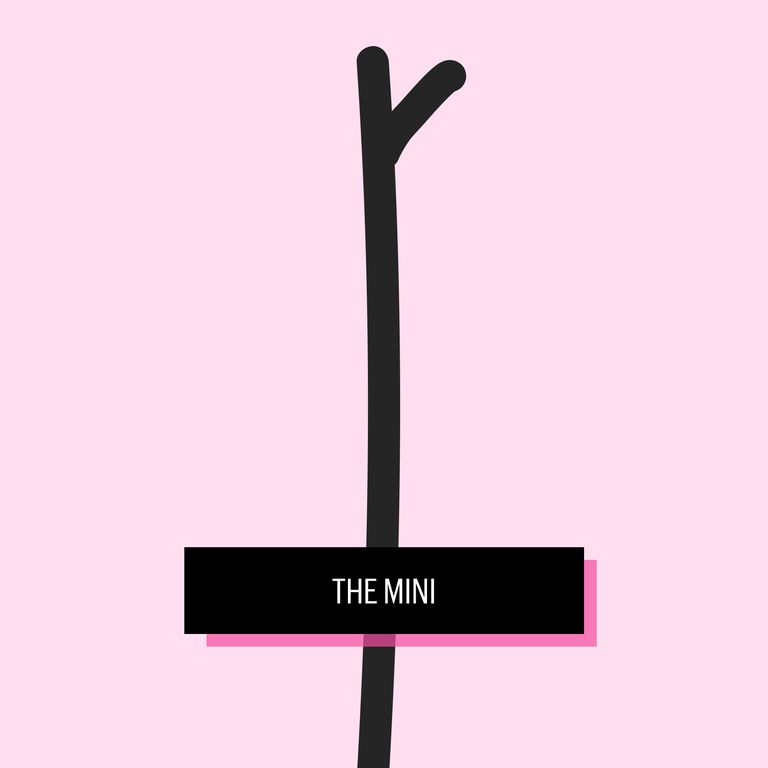
The mini-split
The mini-split looks like your basic split ends but smaller, as the name suggests. Like the basic split, mini-split ends are a sign that your hair is thirsty for nourishment. Some people call it a baby split because it appears small before the damage travels further down the strand.
What you should do: Again, your hair ends are thirsty but not beyond repair. Make sure you use enough conditioner and apply a sealing treatment. Drinking lots of water can also help your body to rehydrate your hair and scalp.

Fork in the road
The fork in the road has significant damage and more severe cracks. A fork split looks like the hair has split into three strands at the end and it tends to be larger than the previous two. Since it is more complex than a double split, people will feel tempted to peel off the ends.
What you should do: Your hair could use more deep conditioning mask treatments (like Mineral Hair Growth and Repair Mask) as well as a few more haircuts each year. You can also try a split end treatment using nourishing essential oils.
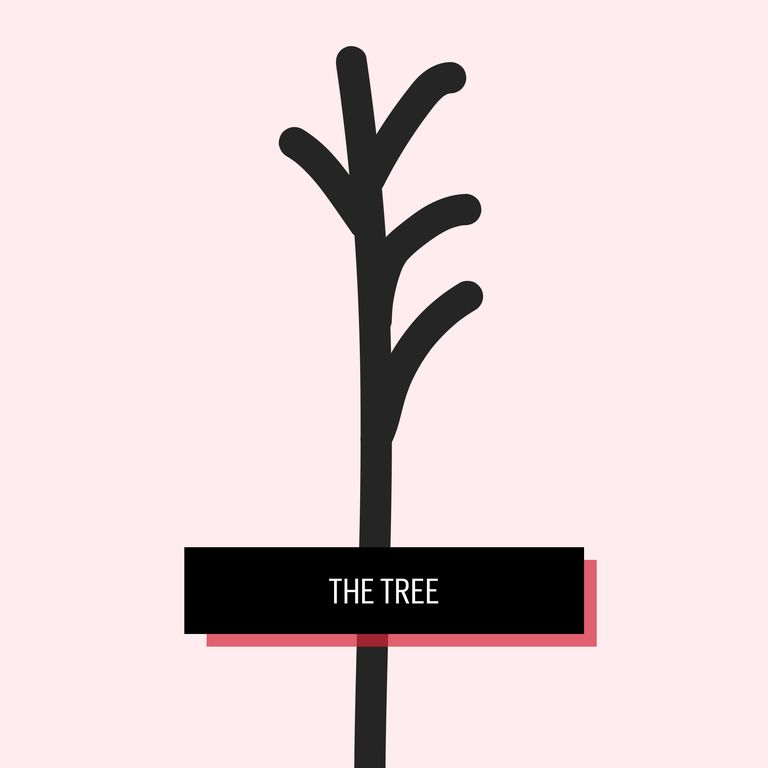
The tree split
The tree split shows an example of where one side of the hair fiber is more damaged than the other, so several “branches” of cortical cells begin to split off. Common causes of tree splits can be sun damage, too much brushing, malnourishment, and chemical treatments.
What you should do: Make an appointment for a haircut. In the future, use products that protect hair from excessive weathering (look for formulas that contain the ingredient OFPMA). It’s also worth using hair masks once a week to prevent tree splits.
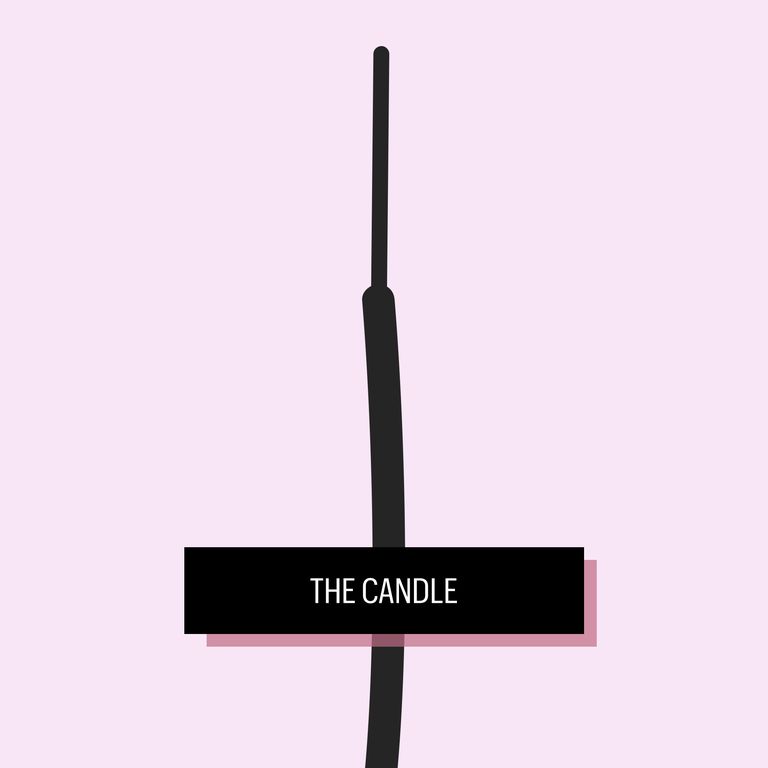
The candle
A candle split represents significant loss of the outer cuticle without splitting. It damages the hair, even though it looks like an incomplete split end. The weaker your hair strands get, the more likely this candle split end will break and cause more damage.
What you should do: Between trims, you should also try out essential oils like coconut oil or castor oil to do some pre-damage control. Once you go to your stylist, ask them for a list of recommendations based on your hair type and texture.

The knot
The knot is mostly common for curly hair types where the curl has tangled and knotted. It will typically cause the hair to break at that spot from brushing too hard. Once that breaking point has snapped, you are more likely to get a double split.
What you should do: If you have curly hair, you need to be extra careful when you brush so that you don’t cause breakage. Consider trying some hair growth spray to replenish your scalp and prevent a knotted mess.
How to Prevent Split Ends
Split ends are irreversible and any product, salon, or treatment will not glue your split ends back together.
However, the best way to prevent split ends is to keep your hair strong and moisturized because hair is more likely to develop split ends when it’s dry and brittle. To do that, choose all-natural and nutrient-rich hair products that contain no harsh ingredients.
Rice water is good for boosting hair elasticity while coconut oil helps to prevent a deep split. A study found that coconut oil can prevent protein loss in your hair. Over time, you won’t have to face the dreaded tree split or fork split that makes hair look dry.
You can also use a leave-in conditioner to help replenish the hair. Do this once a week and try not to overwash or use heated tools often. Heat, being a common culprit, will only encourage a deep split in each hair strand.
There are many so-called natural products on the market, and it may be difficult to choose the best option that will work for your hair. After digging into reviews of natural hair care, we found out that one of the most actively discussed product lines is Moérie (rated 4.6 on Trustpilot).
The reviews state that the product can increase hair growth and even prevent hair loss. Customers also mention that the products are a little bit expensive, but just after two months, their hair is longer, stronger, and smoother than ever before.
The company also states that Moérie products restore damaged hair follicles and gives your hair more volume while becoming glossy and silky.
Now you know that when it comes to split ends, prevention and natural hair care techniques are essential.
Conclusion
Split ends can be a huge nuisance, but there are ways to prevent them. Aim to try more natural hair treatments while reducing the amount of heat you use when styling. If you want to get hair coloring, find a salon that has good reviews and uses high-quality dye or hair wash.



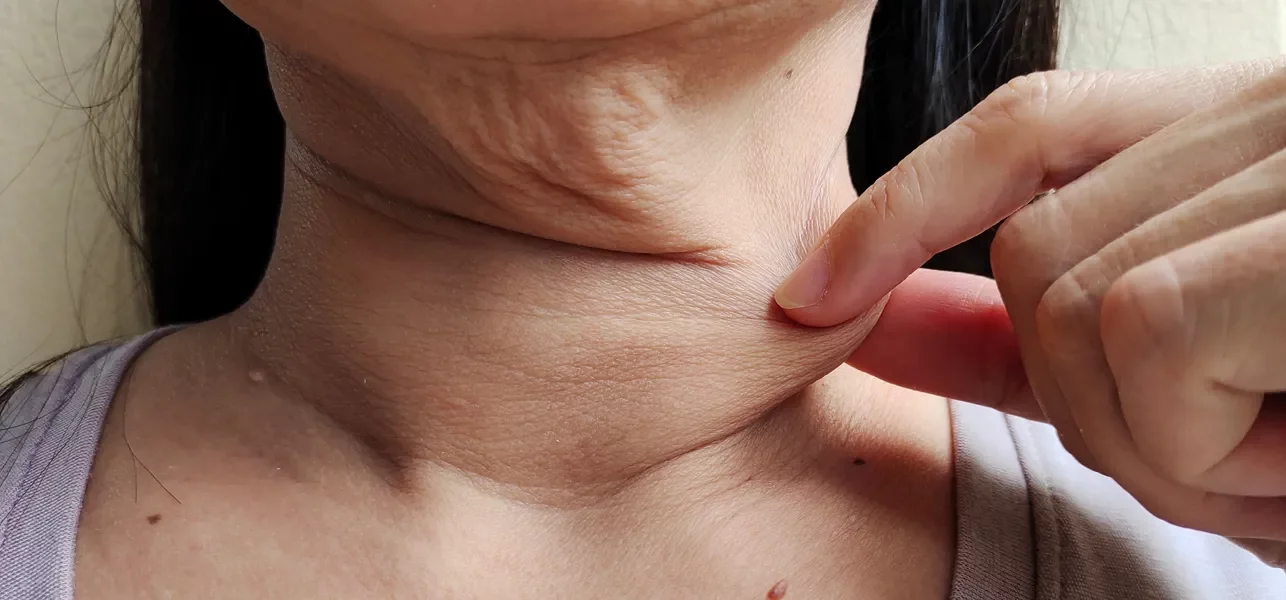

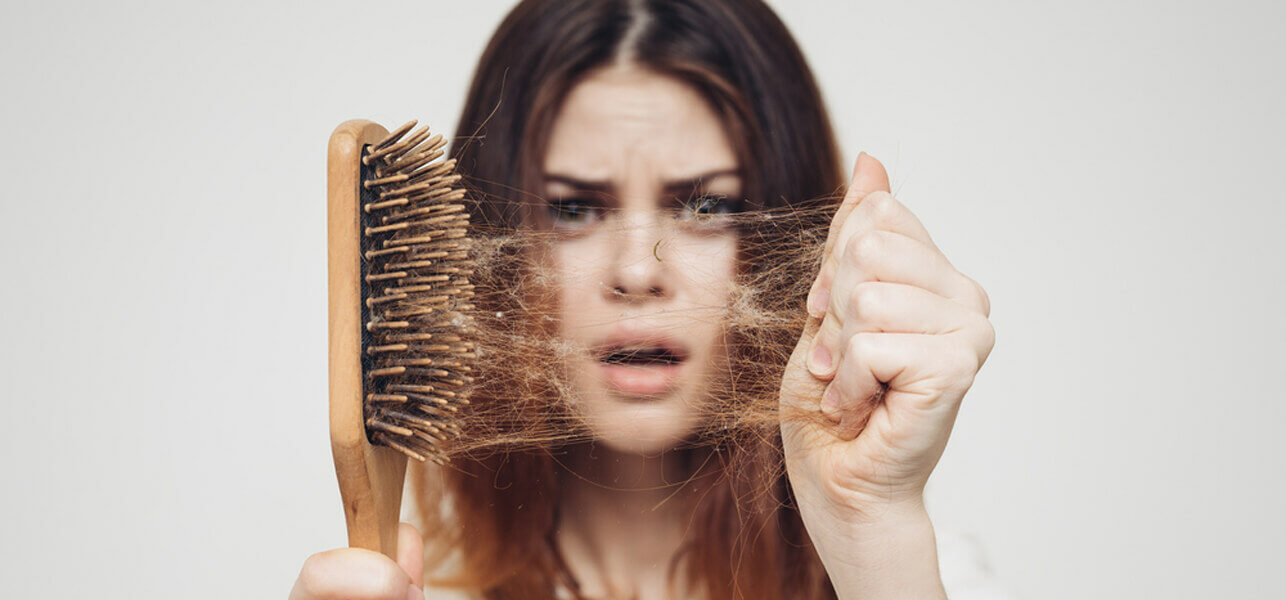
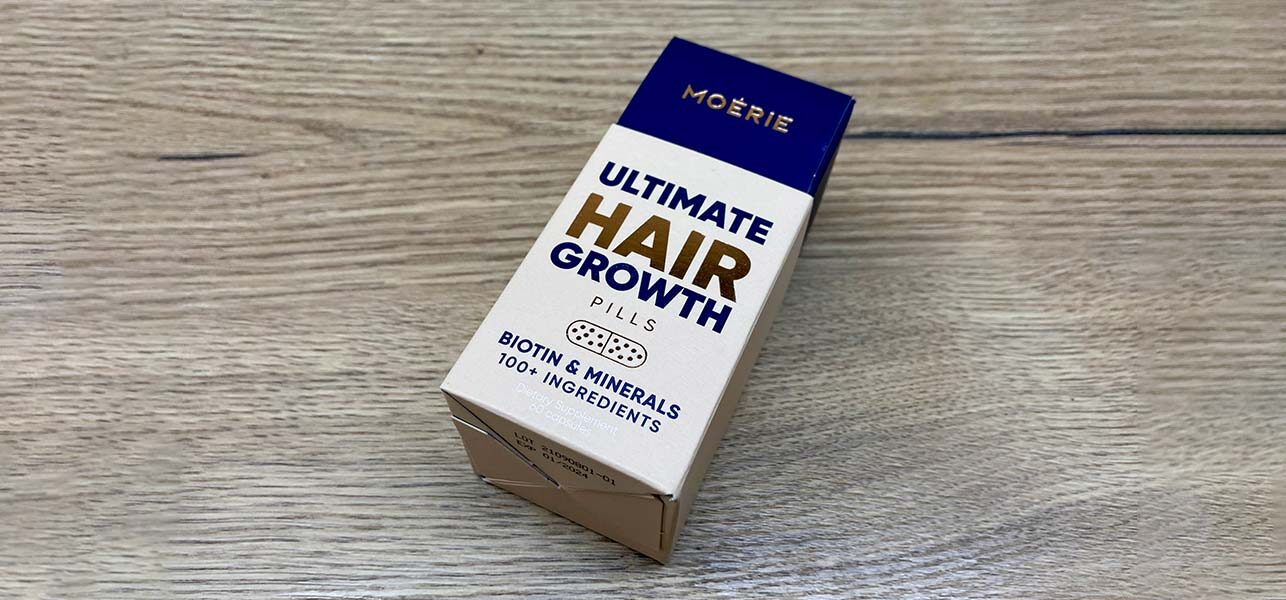
Comments (0)